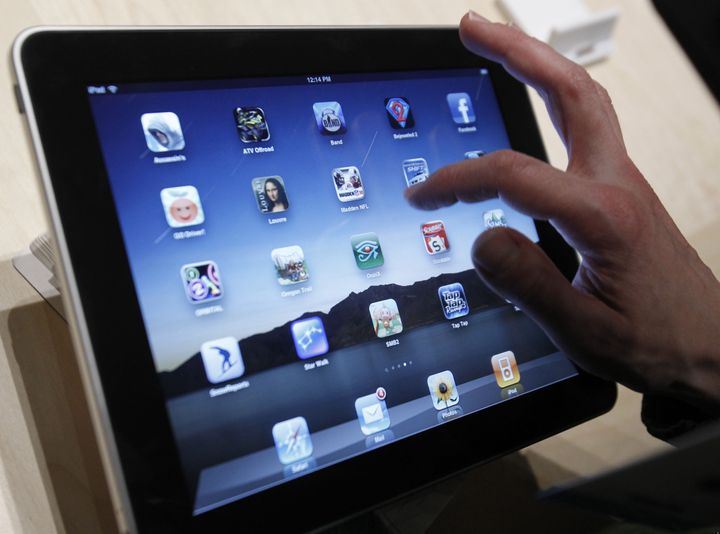
Museums are increasingly introducing new mobile apps. These apps typically focus on the museums' entire collection and enable visitors to browse and obtain information on the works featured in the collection. While such functionality is valuable for both visitors and non-visitors alike, apps have the potential to be not merely descriptive but to transform the overall museum experience. The key factors that make a good museum app are yet to be definitively identified but one can learn from some great examples in practice.
A leader in digital technologies, the American Museum of Natural History (AMNH) has introduced an iPad app (http://www.amnh.org/apps/) for one of the exhibitions currently on view: Creatures of Light: Nature's Bioluminescence. This exhibition, designed and produced by AMNH's award-winning Exhibition Department under the direction of David Harvey, Senior Vice President for Exhibition, focuses on bioluminescence -- i.e., organisms that produce light (http://ez-www.amnh.org/creatures-of-light/about-the-exhibition).
It is important to point out that the intuitive interface of this app is complemented by really interesting and engaging content. However, the focus here is on the characteristics of the app's interface. This app creates an immersive experience by leveraging some well-known principles of user interface:
Touch Points for Immediate Feedback
Touching a point of interest is an intuitive action that encourages exploration. As an example, in one of the exhibits that focuses on various species of bioluminescent fireflies, one can explore the flash pattern males use to communicate with females. By touching bright colored dots, users can discover the unique flash patterns of different types of fireflies. These bright colored dots are one of the key interface elements in this app. When touched, they offer immediate feedback to the user by providing information in the form of an animation, text, and/or images.
Downward Pointing Arrows to Illustrate Progress
Downward pointing arrows are an intuitive interface element that is used in this app to indicate progress. Specifically, in the context of this app, three downward pointing arrows are located at the right bottom part of the screen and encourage the user to scroll down to read narratives on scientific progress, such as the unpredictable journey of Osamu Shimomura that led him to the discovery of green fluorescent protein and to a Nobel Prize in Chemistry in 2008.
Horizontal Sliders to Illustrate Process
Horizontal sliders are another interface element that characterizes this app. Sliders provide a distinct path that enables users to quickly move through the sequence of events and access distinct steps in a process. For example, to explore the concept of bioluminescence, users use a slider to reveal the process organisms use to create light. Sliders are very effective in this case. In addition to visually explain a process by gradually revealing an animation, these sliders change from white to orange to indicate the stage of the process at any given moment.
I look forward to more truly immersive museum apps. If you like any museum apps, I would love to hear from you.
